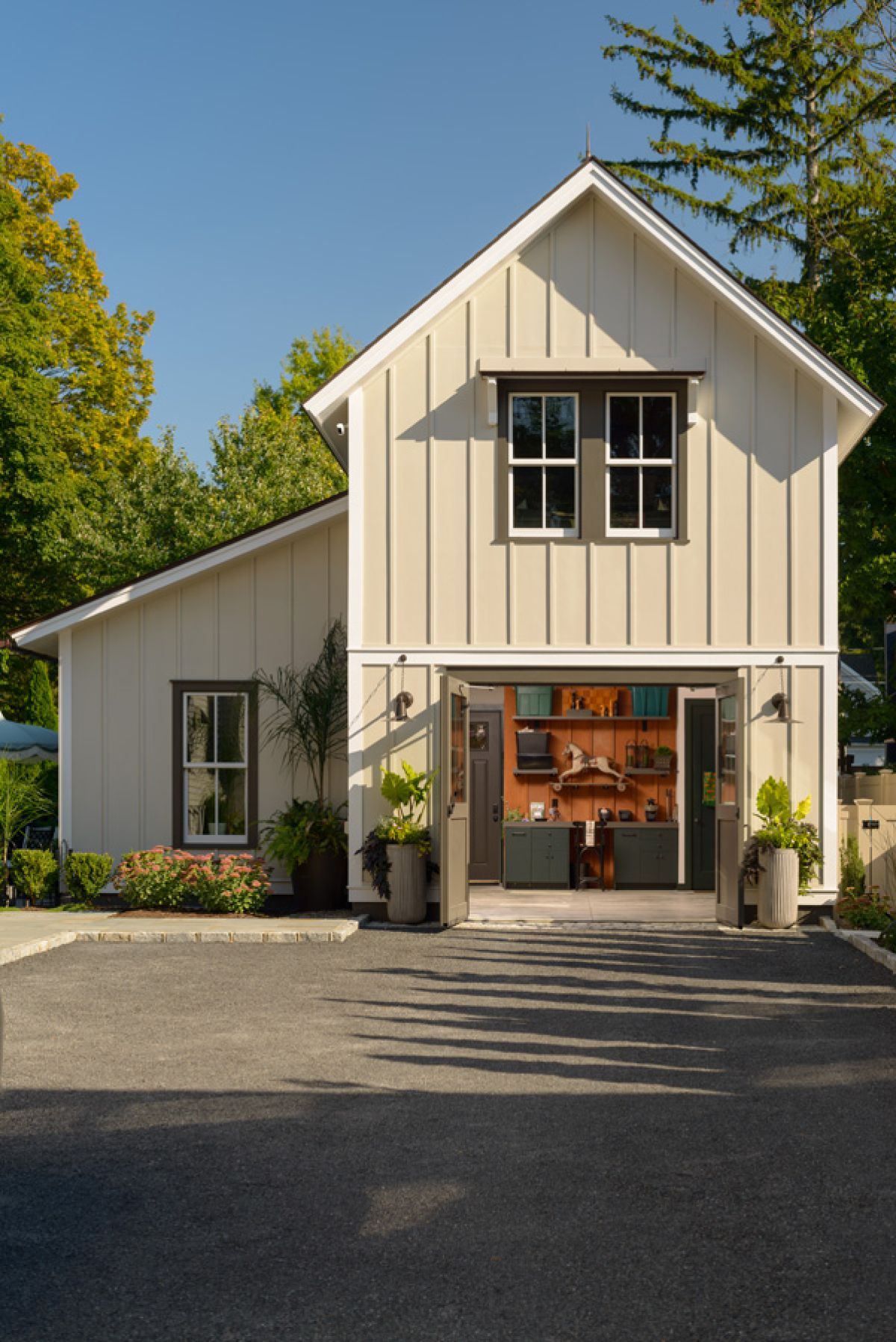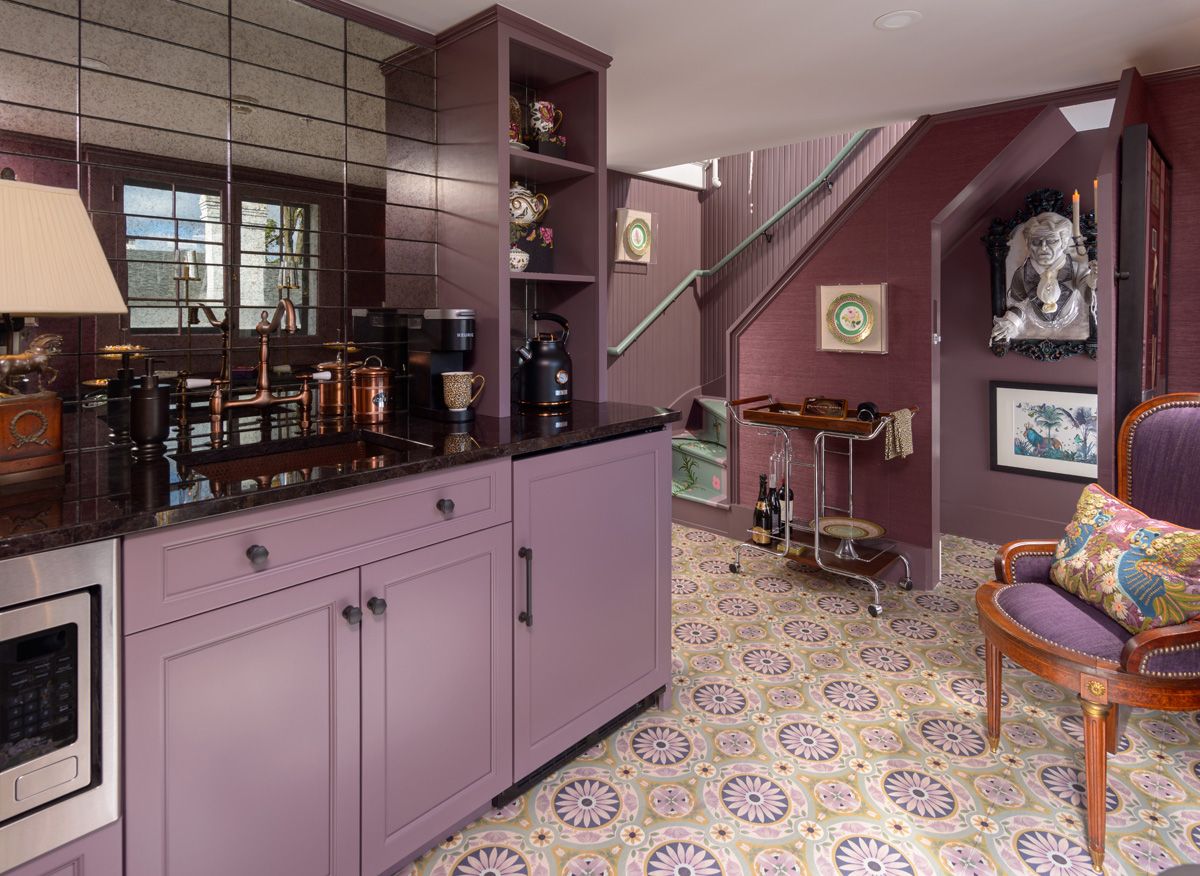H&G
Let Us Show You Around...
Architecturally Speaking
Follow us as we explore some of the area's unique spaces...

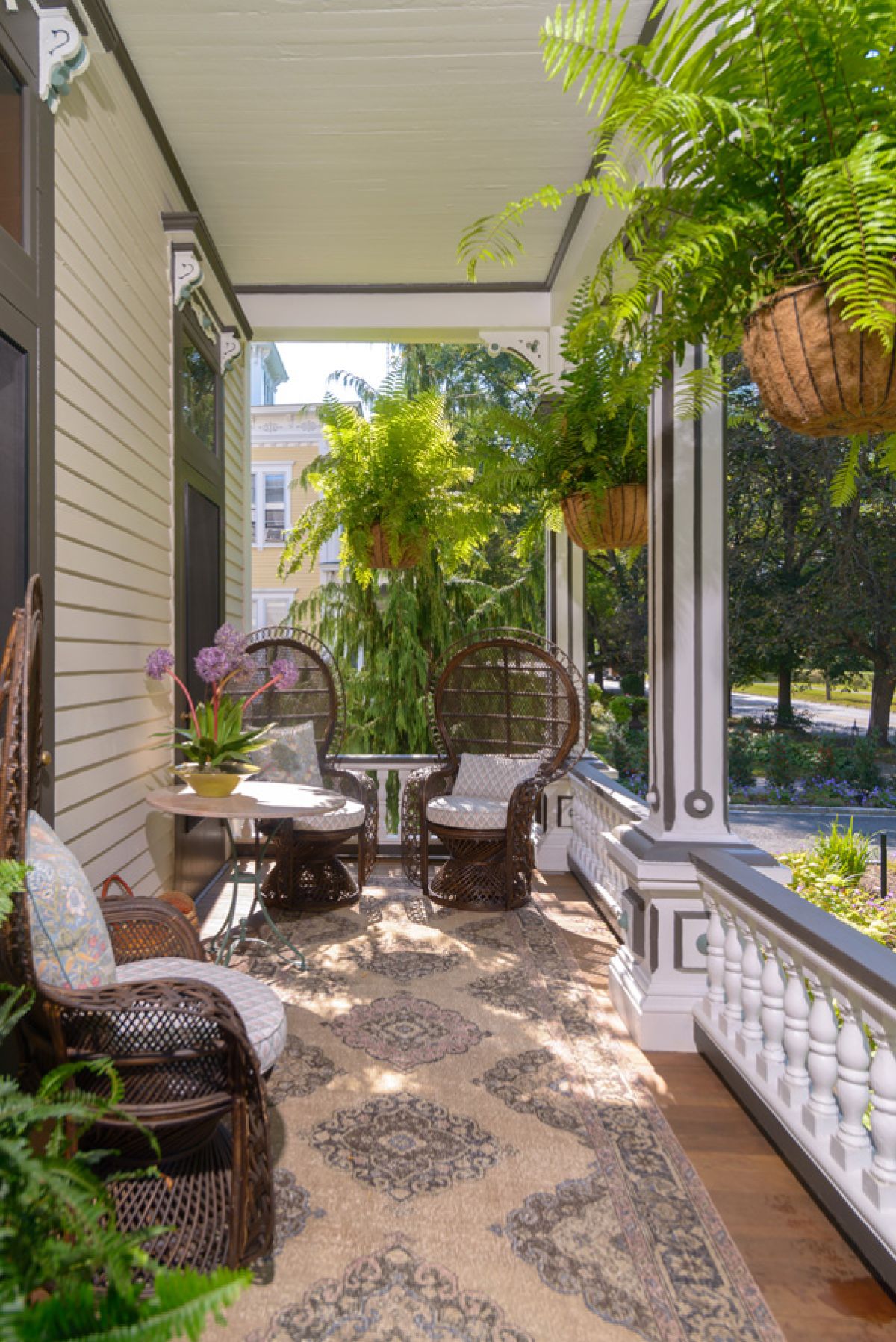
42 Circular Street
A Forever Home Takes a Village
Written By Samantha Bosshart,
Saratoga Springs Preservation Foundation
Photos by Randall Perry Photography
[From the 2025 Summer Magazine]
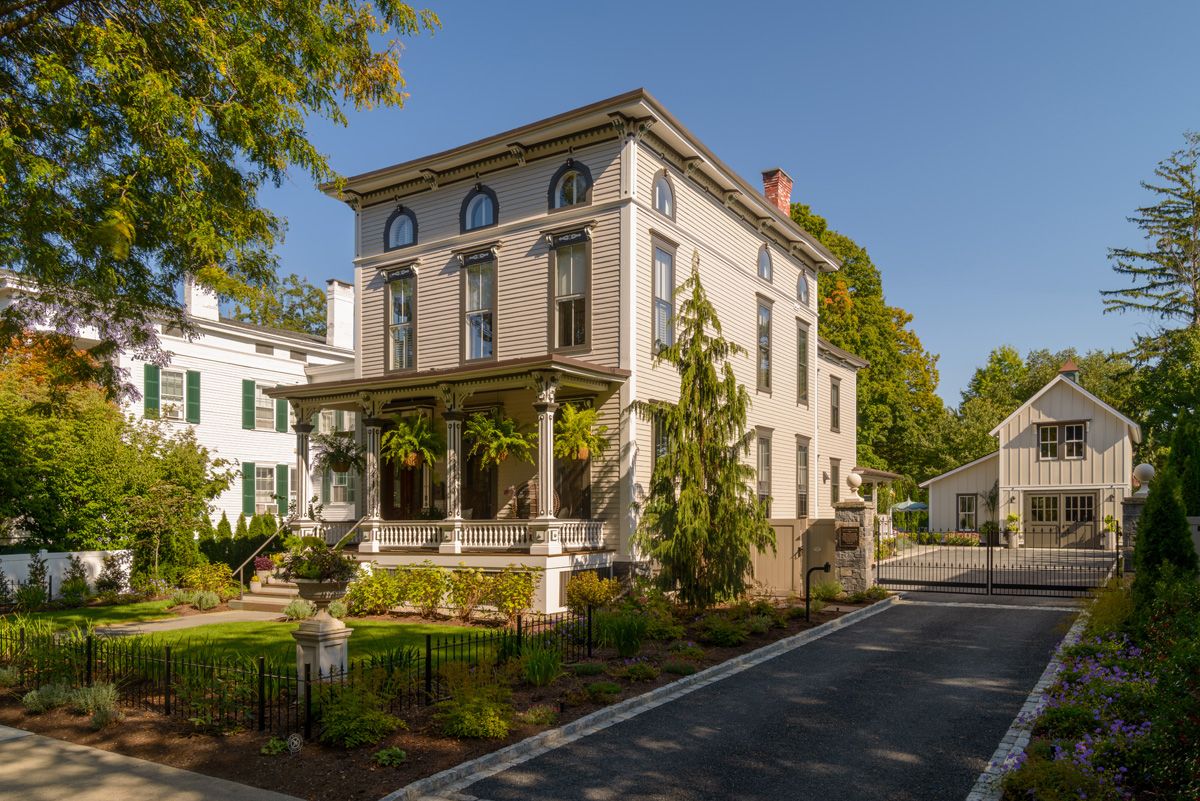
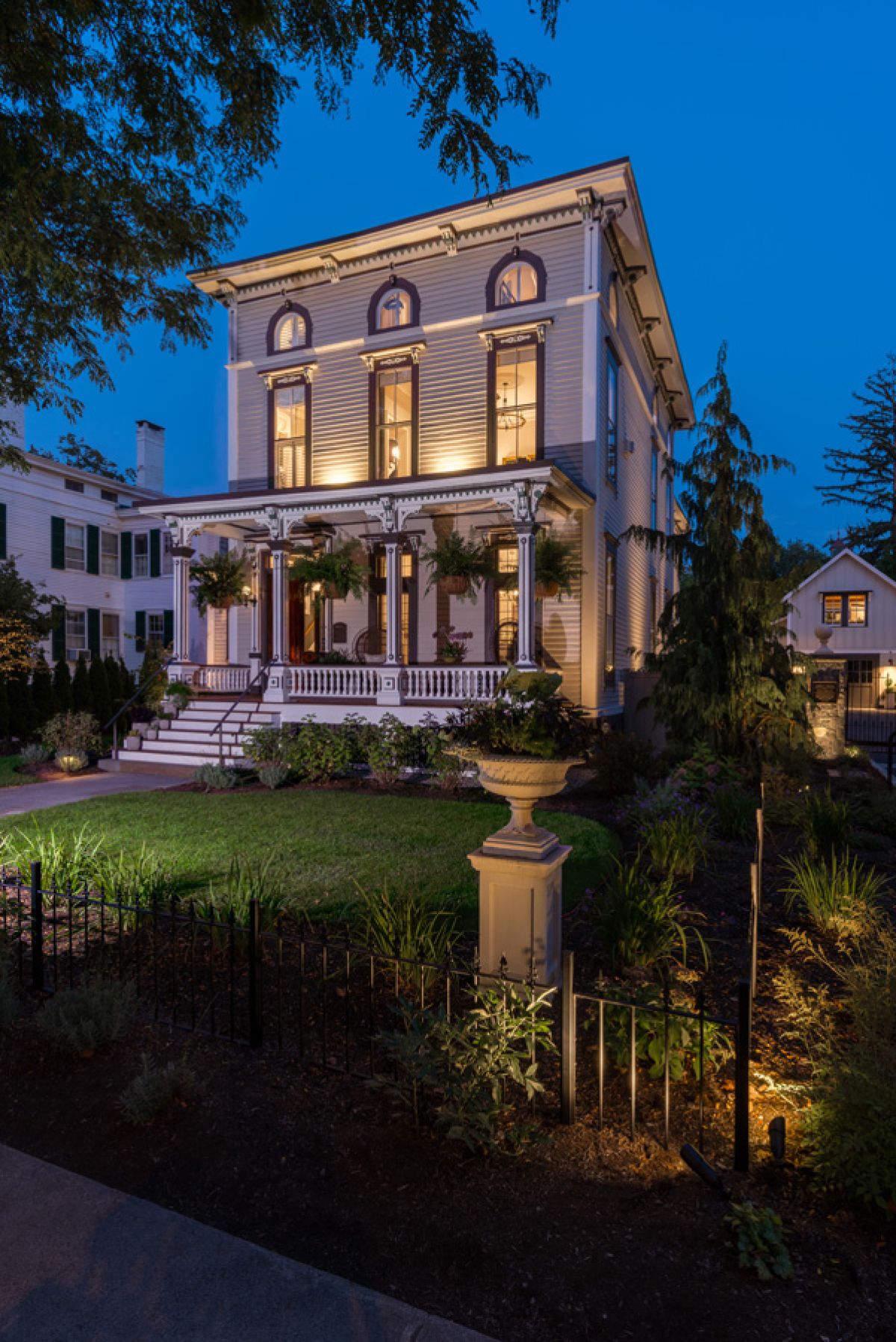
“I just love an Italianate!”
responded Julie Furey when asked about what attracted her to 42 Circular Street. “I love the symmetry, the height, the front doors, the staircase, the pocket doors, and, of course, the tower that gives stunning views of the entire city!” she continued.
Julie and her husband Tom chose Saratoga Springs to be their permanent residence after living in various places across the country. For Tom it was horse racing that attracted him. Raised in western Massachusetts, he grew up coming to Saratoga Race Course. For Julie, it was the architecture and history that attracted her. “The historical character of Saratoga Springs makes it so special. It sets it apart from any other,” shared Julie.
In 2011, the syndicate of which Tom was a part, Team Valor, had a Kentucky Derby winner, Animal Kingdom, who later became a Dubai World Cup and Eclipse winner. It was that same year that Tom and Julie sought a second home in Saratoga Springs. Initially they looked for a historic residence to purchase. However, after giving it more thought, they realized that they could not commit the necessary time to undertake a large project due to their work obligations in Connecticut, ultimately choosing to buy a condominium at 38 High Rock.
By 2020, Tom was fully retired as an executive of IBM and Julie was transitioning to a less active role in her interior design business, Julian’s Interiors, and they decided to move to Saratoga Springs full-time to begin in earnest to look for their forever home. They looked at several different historic residences. Yet, it was 42 Circular Street that captured Julie’s imagination.
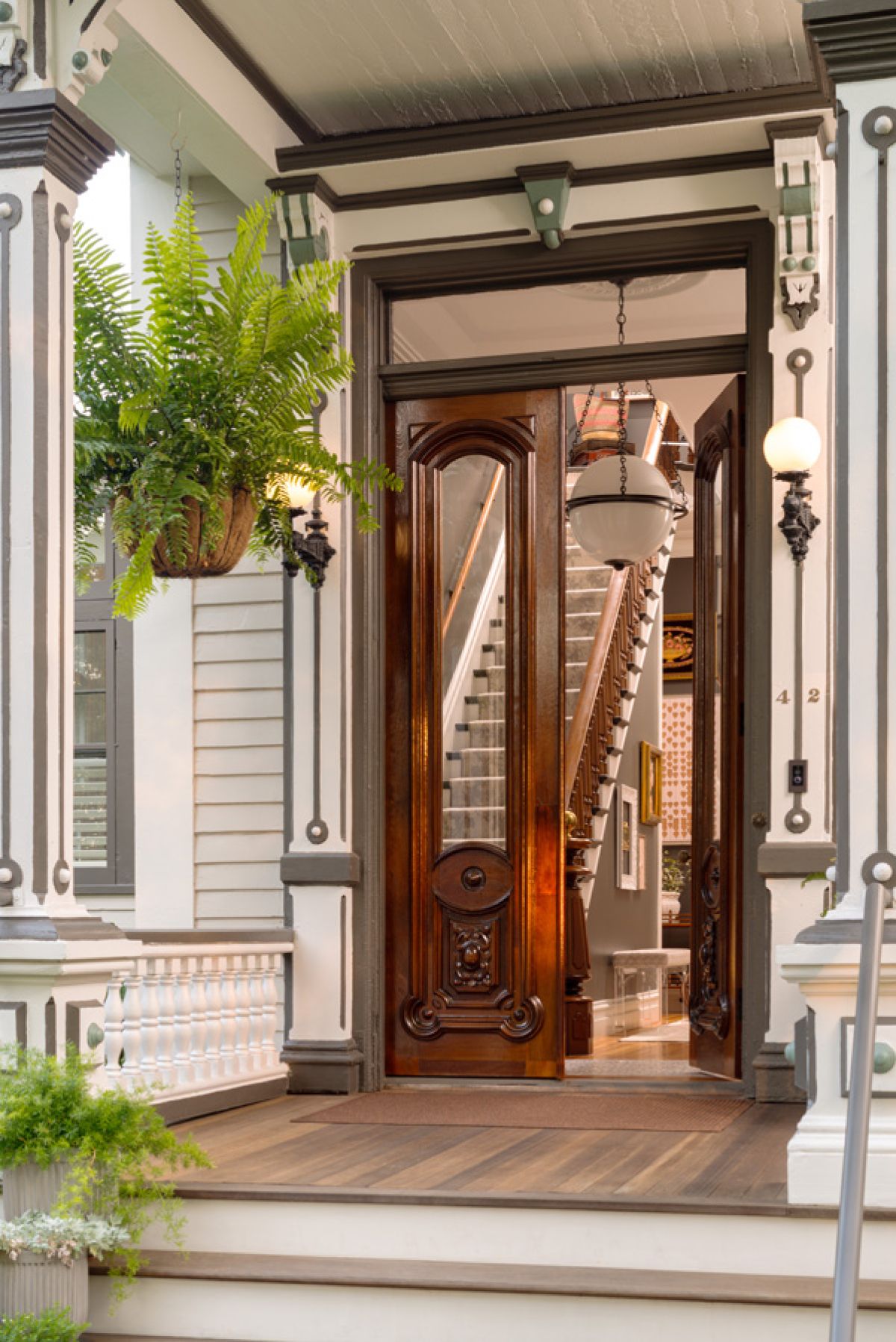
“Tom loved the natural light in the house but we both had no idea what we were getting ourselves into,” laughed Julie. “It needed a lot of work,” she continued. Unlike Tom, Julie was able to look past the multiple apartments that subdivided the home and see its potential to return to a single-family residence. Not to mention, it was an Italianate, her favorite style of architecture, and overlooked Congress Park.
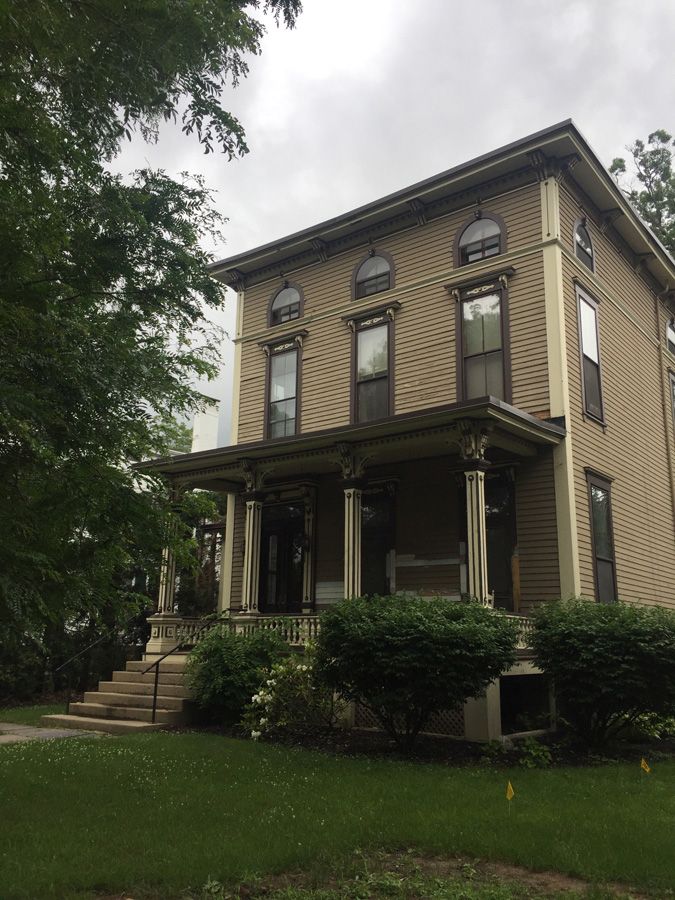
Before restoration
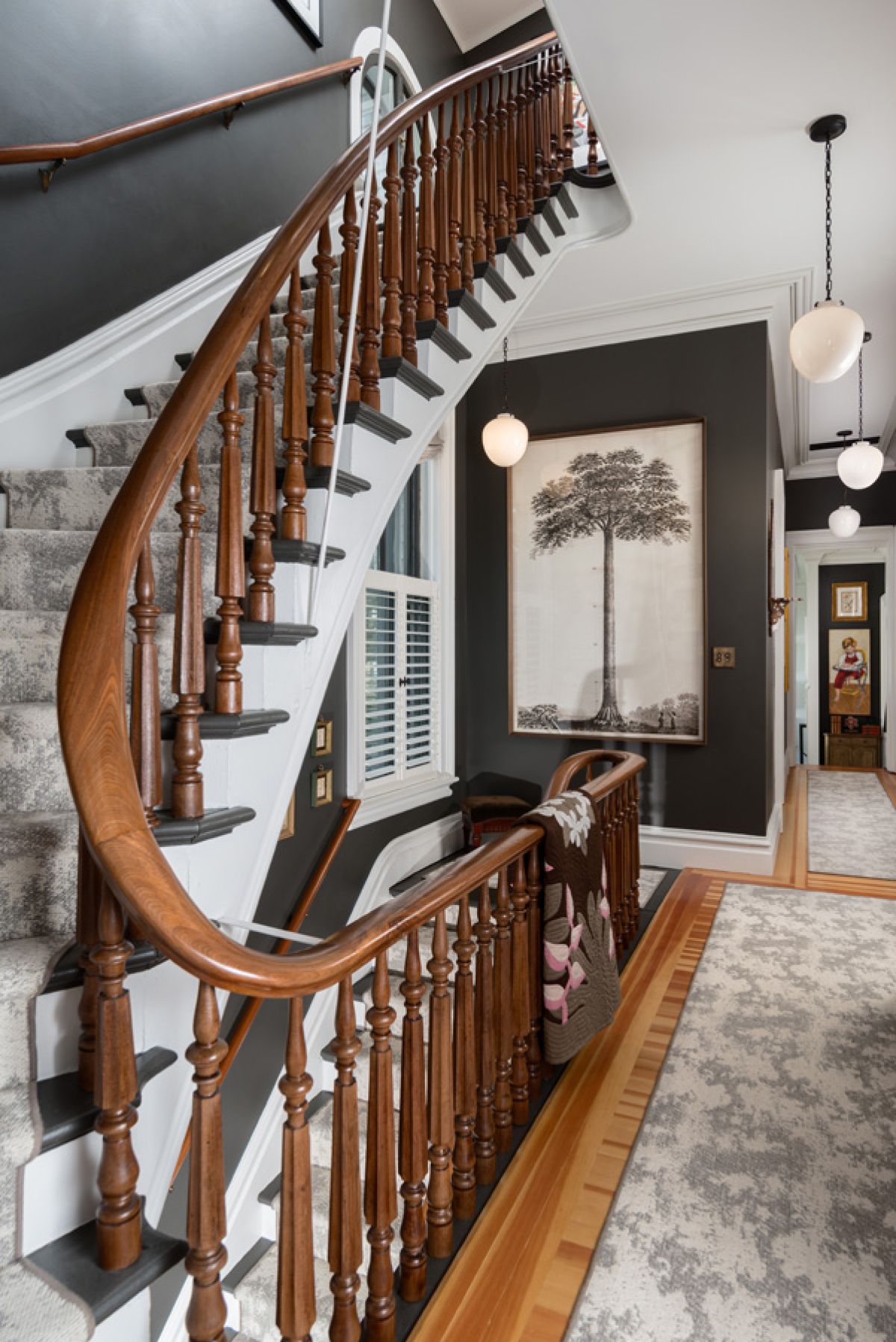
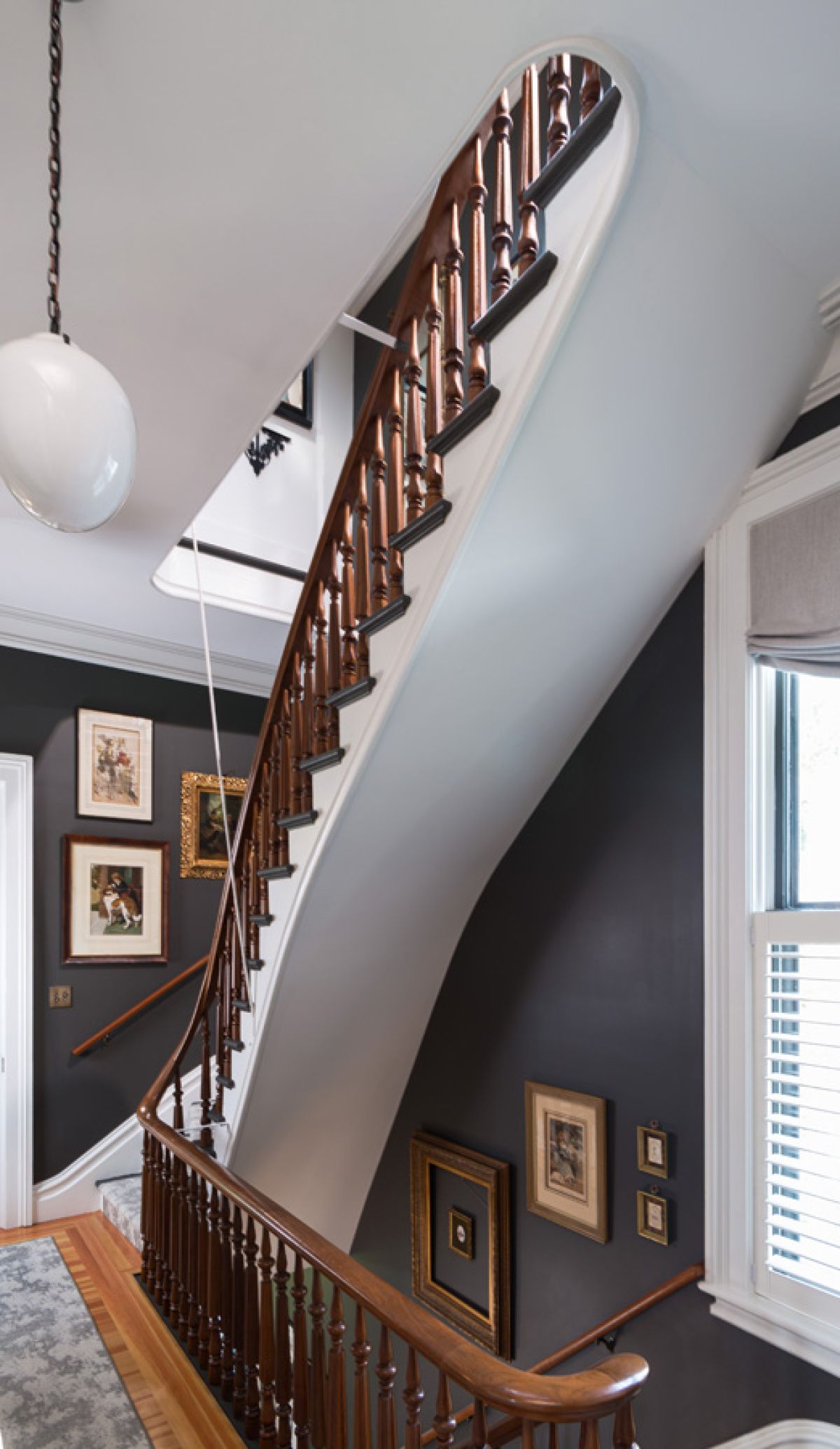
The house is a classic example of the Italianate style, popular between 1840 and 1885. Identifying features of the style include low-pitched hipped roofs, wide overhanging eaves with decorative brackets, tall narrow windows - arched and rectangular - with elaborate window surrounds, paired wood front doors with an enframement matching those of the windows,
a two-story bay window, and a tower.
The land that is today 42 Circular Street was originally Lot 12 of the Kayaderosseras Patent, which included Congress Spring. In 1823, John Clarke purchased the spring and the adjoining 97 acres of land from John Livingston. Clarke had emigrated from Yorkshire, England to New York City shortly after the Revolutionary War. In 1819, he opened the first soda fountain in the city. After making improvements to Congress Spring, he began to bottle its waters and sell it throughout the United States and Europe.
Clarke drained the “dismal swamp” that surrounded the spring and landscaped the land for visitors to promenade after sampling the spring waters, today known as Congress Park. Clarke planned Circular Street along the bluff above the park, curving north to Empire and High Rock springs. He built his stately 1832 Greek Revival residence at 46 Circular Street, overlooking his park.
Clarke married Mrs. Eliza White, the widow of Charles White, a prominent attorney with whom she had four children - William B. White; John H. White; Louisa A. White Maxwell, married to Amos Maxwell, and Mary R. White Shepherd, married to Daniel Shepherd.
In 1838, John and Eliza sold vacant land to Edward Smith. Wanting to control what was developed next door to his home at 46 Circular Street, John conveyed it with a covenant limiting the use or occupancy to a private residence. Ten years later, Peter V. Wiggins, acting as the trustee for Louisa A. White Maxwell, John Clarke’s stepdaughter, acquired the property. In 1856, the vacant property was transferred to John H. White. In 1871, the property was conveyed to his sister, Mary Shepherd. She was married to Daniel Shepherd, an attorney, who passed away in 1870. The year following his death, Mary hired Alexander A. Patterson, who resided at 65 Phila Street, to build her home. The November 16, 1871, Saratogian article said it would be completed in May and “It will be finished off in the most modern style.”
Upon her passing three years later, the property was conveyed to her four children – John Clarke Shepherd, Charles White Shepherd, Augustine White Shepherd, and Mary L. Shepherd. It remained in the Shepherd family until 1902.
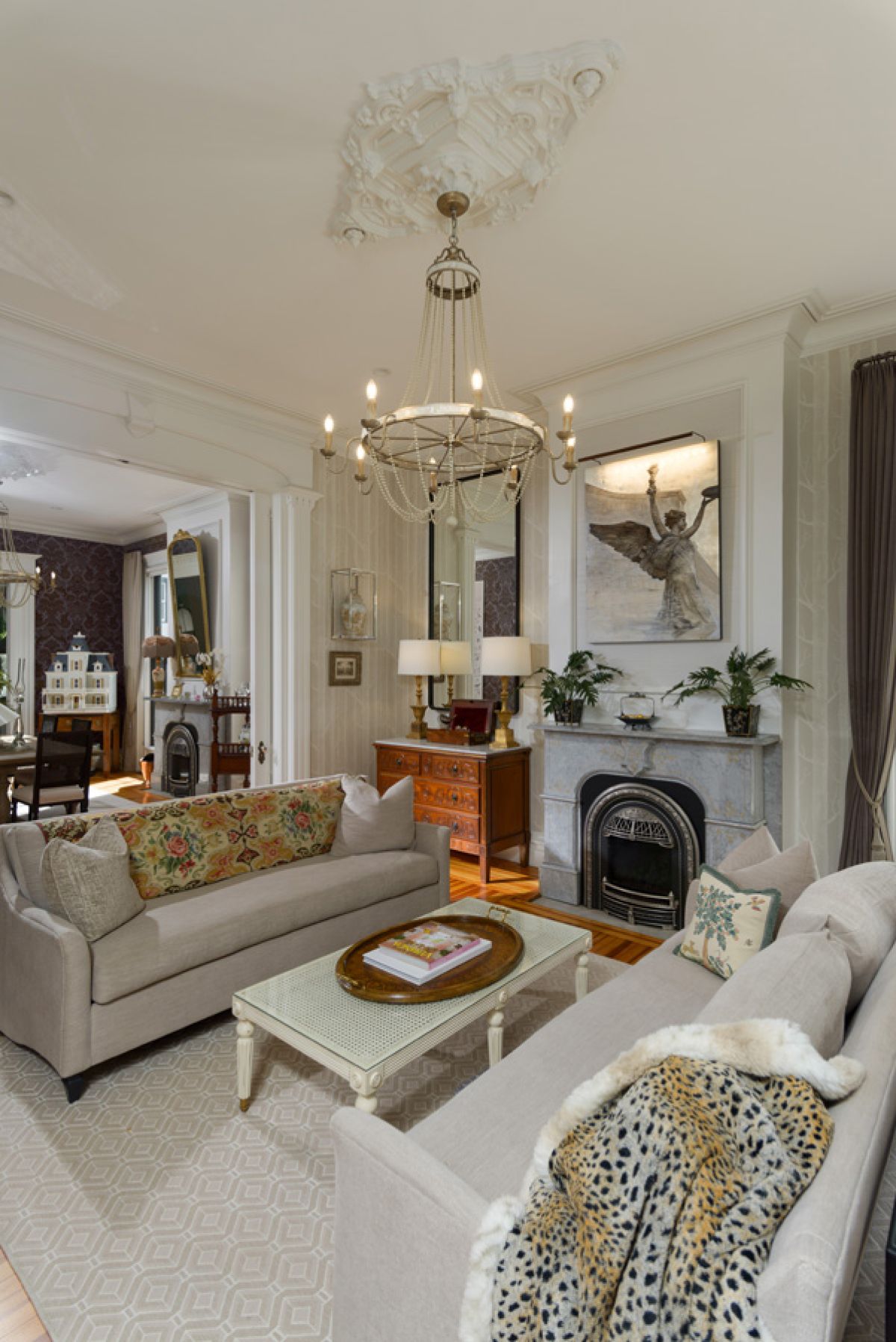
That year, Mabel A. Wesley of New York City, acquired it as her summer residence. She later married William S. Tod, a millionaire who had extensive interests in the Western and Middle Western railroads. In 1918, they sold it to Hugh Dennin, who operated the Saratoga Detective and Investigative Bureau, providing guards and watchmen for prominent summer residents. Prior to Saratoga Springs being incorporated as a city, he served as a village trustee, and later served as city marshal. Hugh passed away in 1938. According to Saratogian articles, Erva, Dennis’ wife, hosted many social events at 42 Circular Street. In 1942, Erva transferred the property to the Retreat for Ladies and Homeless Girls in Albany for $1 and moved to 74 Fifth Avenue.
That same year, Skidmore College acquired the property. Between 1942 and 1958, the Dominican Convent was listed at this address. Skidmore College briefly used it as South Hall. In 1964, it became faculty housing for Horace B. Reed Jr., an associate professor, and his wife Mary, a librarian, followed by David Kieserman, assistant professor of Theatre, and his wife, Carole. In 1972, Verrazzano College purchased this building and others from Skidmore College. After Verrazzano declared bankruptcy, Mahmud and Fatma Okby bought the property in 1977. It was under their ownership that the house was divided into multiple apartments. It remained in the Okby family until 2020 when Julie and Tom purchased the property.
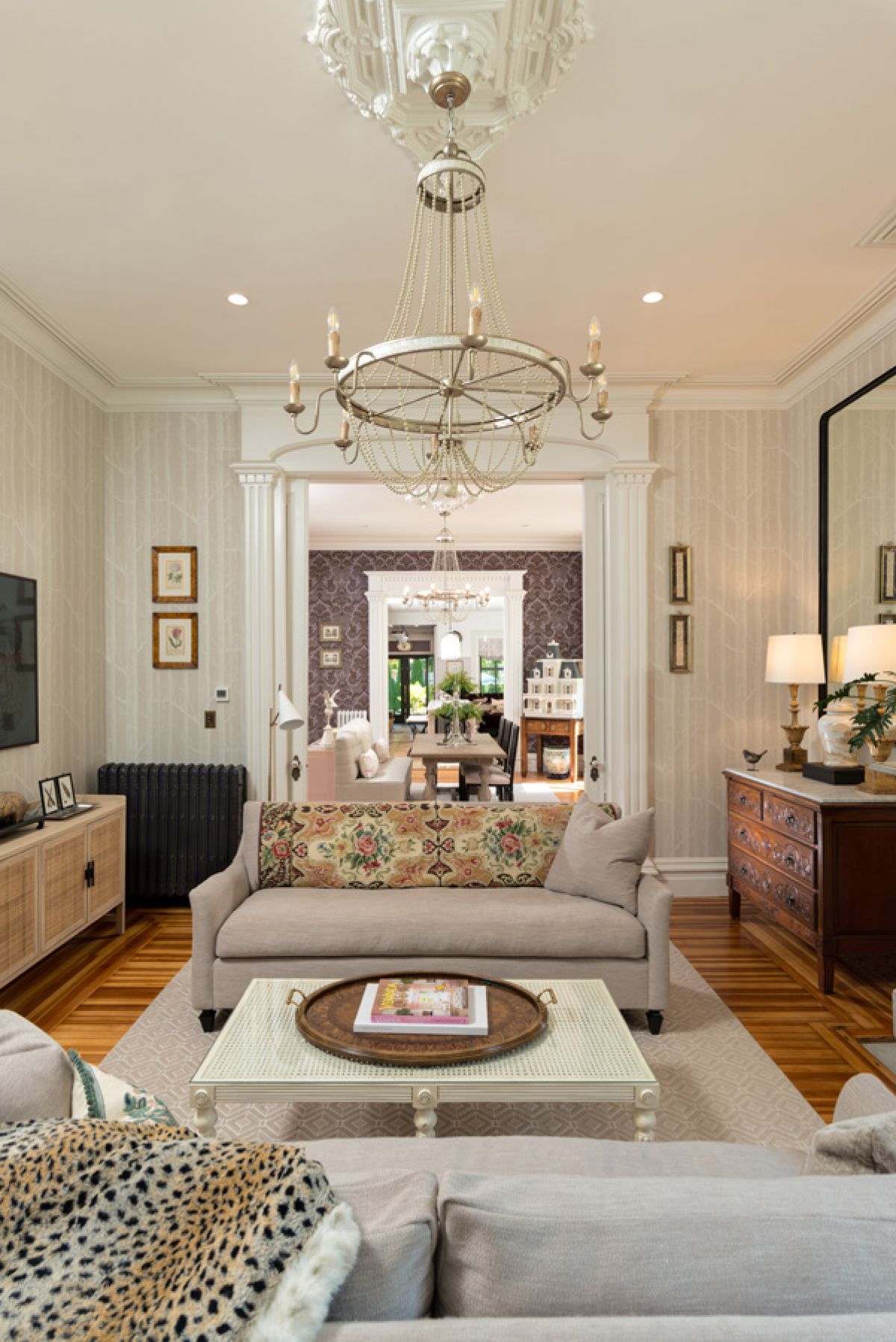
Julie planned to return the house to its original grandeur. She assembled a team that included ACW Builders, Redbud Development, SD Atelier Architecture, LLC, and others to undertake the project. “It was important to me to keep the integrity and symmetry of the house while making changes to accommodate modern living,” shared Julie.
When walls were removed to restore the rooms to their original configuration and size, roof structural issues were discovered that needed to be addressed. The interior was taken down to the studs to allow for new electrical wiring, plumbing, and HVAC to be installed. It was at this time that the house was featured on the Saratoga Springs Preservation Foundation’s 2022 Historic Homes Tour as the “Rehabilitation in Progress.”
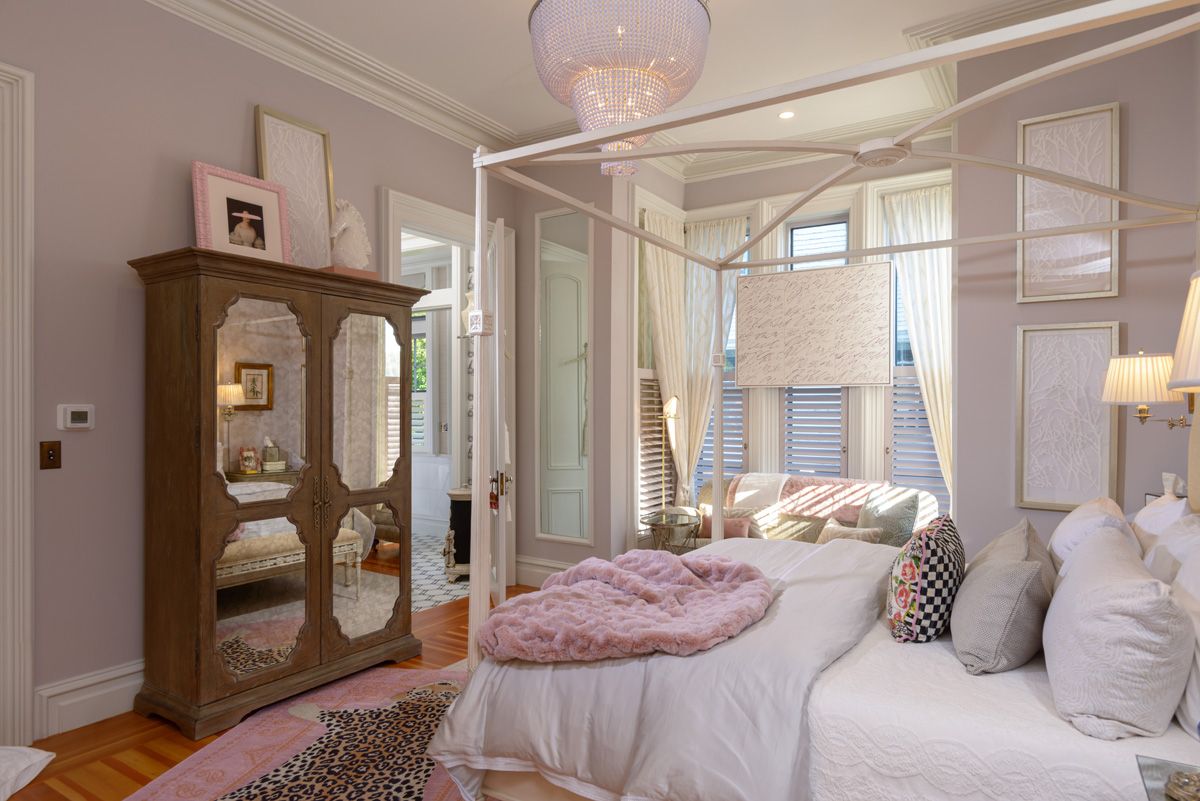
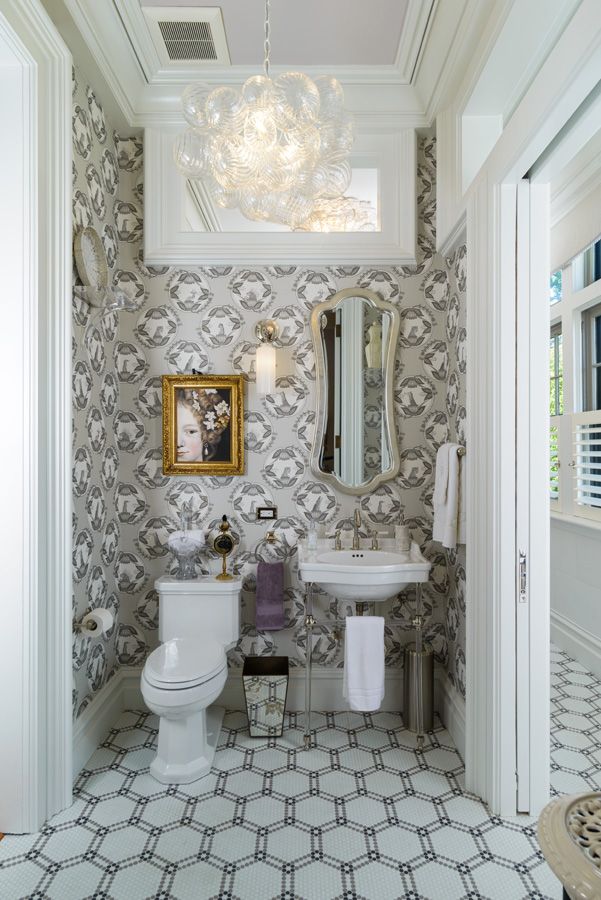
Alex Wilcox of ACW Builders said, “Julie was a once in a lifetime client. She wanted to do it right, not rush. She was unwilling to sacrifice quality.” For example, rather than buy generic stock wood moldings, which would have been less expensive and faster, knives were made to match what little of the original plaster moldings survived. “Five miles of new moldings were installed,” laughed Alex. Frances Milks and his brother Merv were hired to restore the existing plaster medallions and recreate those that were missing. Tight wood grain fir was used so that it would be in keeping with original flooring. Great care was taken to replicate the herringbone pattern and borders of the floors.
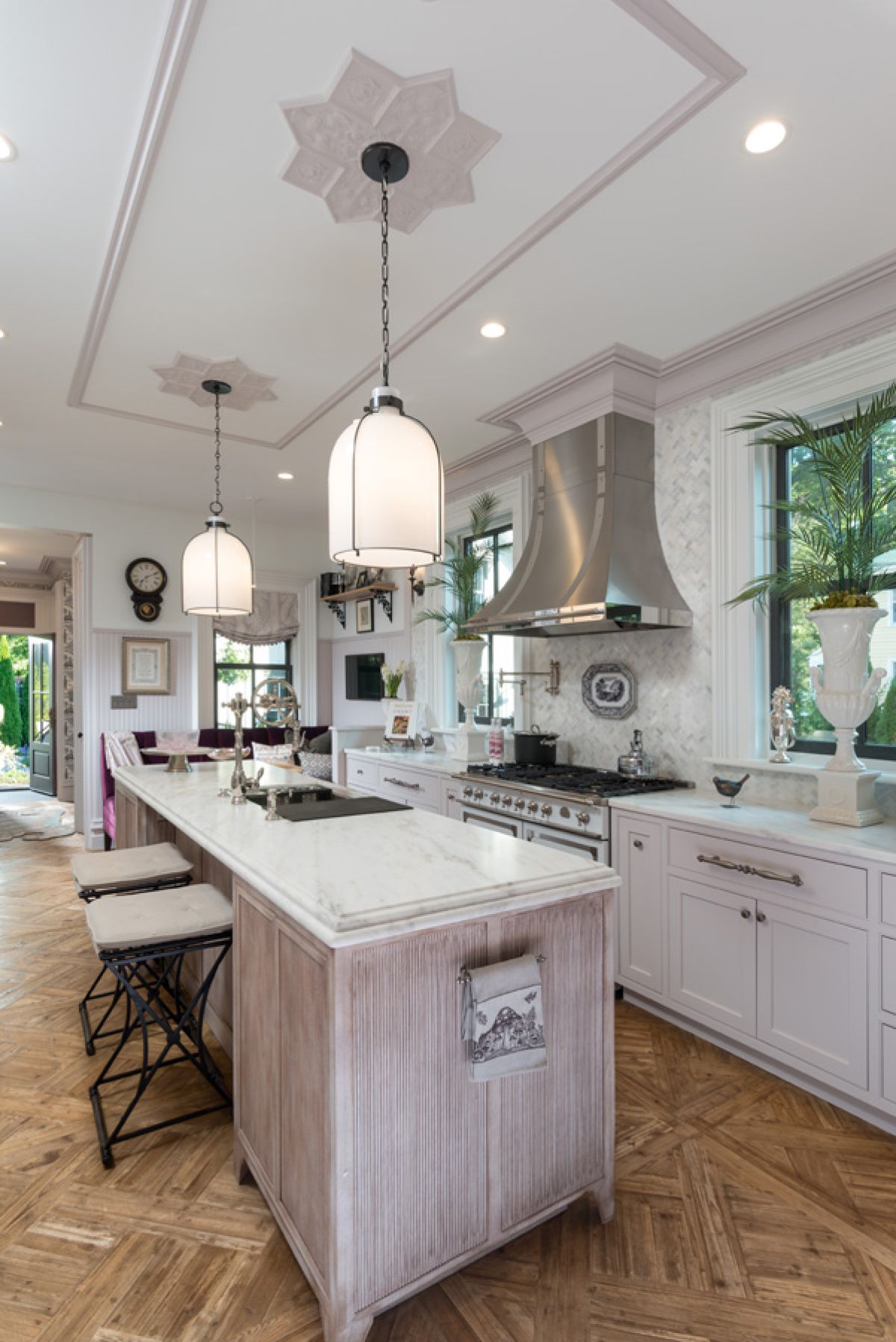
Sue Davis and the team of SD Atelier Architecture, LLC designed the rear addition to allow for a modern kitchen, mudroom, and better access to the rear of the house and basement. She was also responsible for designing the carriage house style garage. At the time of purchase, the property did not have a garage because in 1977, the original carriage house, today the Beagle School, was subdivided from the property. “Julie wanted to respect the original house,” said Sue. “The garage needed to be similar to the house but different, less ornate. For example, because the house is so vertical, the garage needed to be as well, which allowed for a studio space above” she continued.
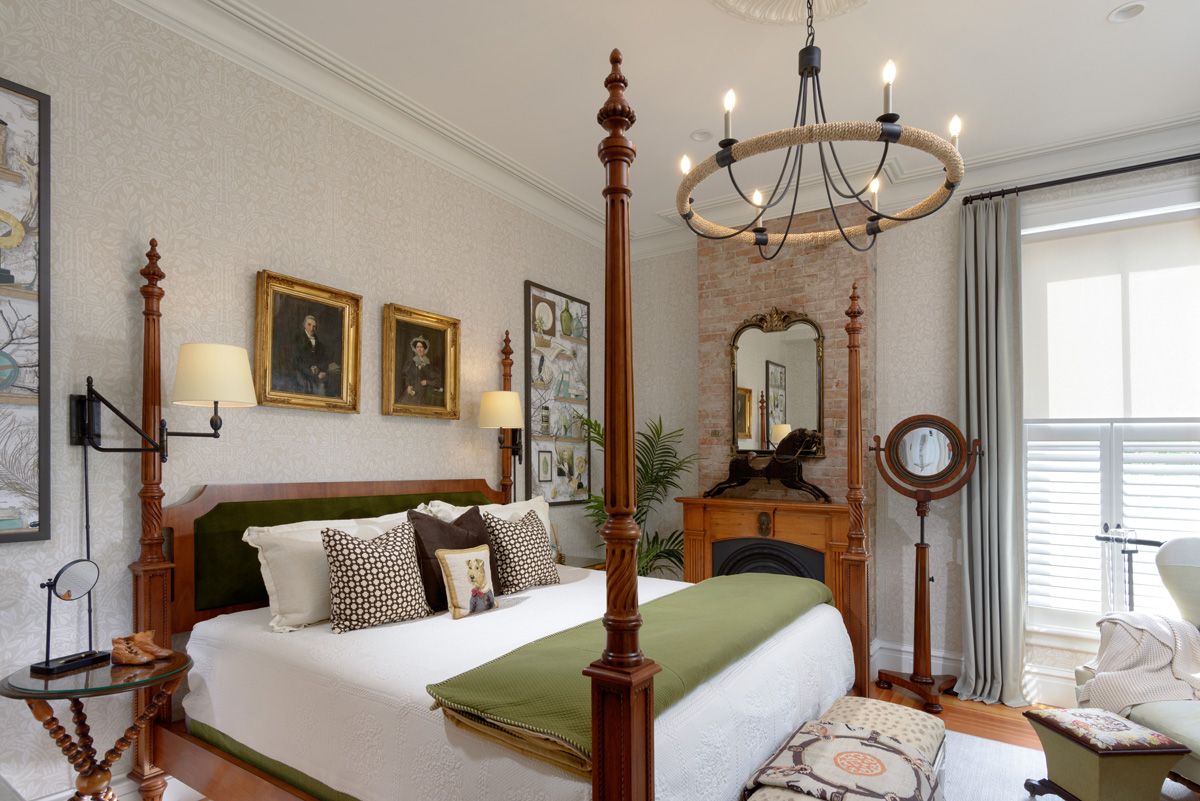
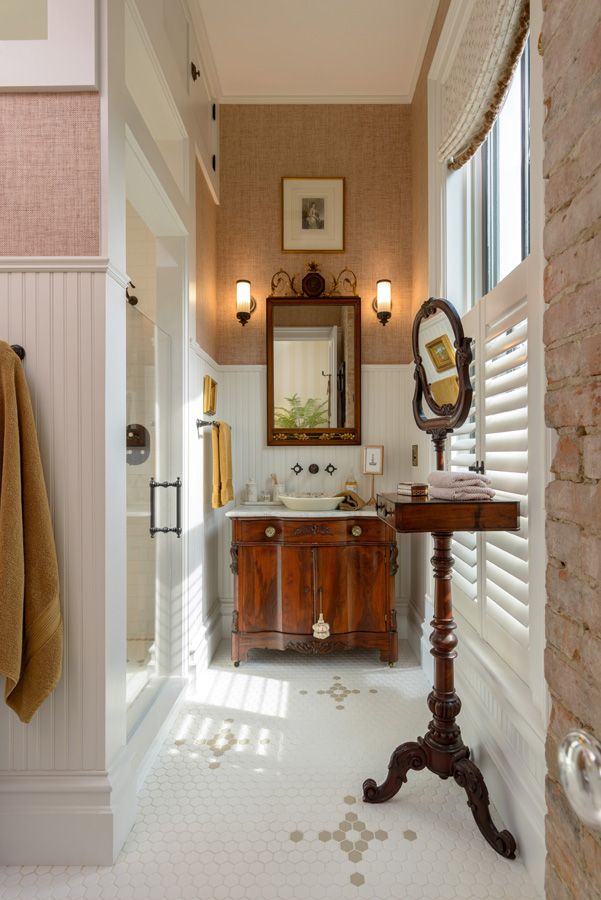
Geff Redick, the landscape architect and owner of Redbud Development, created the landscaped outdoor spaces, shared “Julie had specific visions of what she wanted as a designer. However, she allowed project team members to express their opinions throughout the process and trusted their expertise, which ultimately led to collaboration and a great project inside and out.”
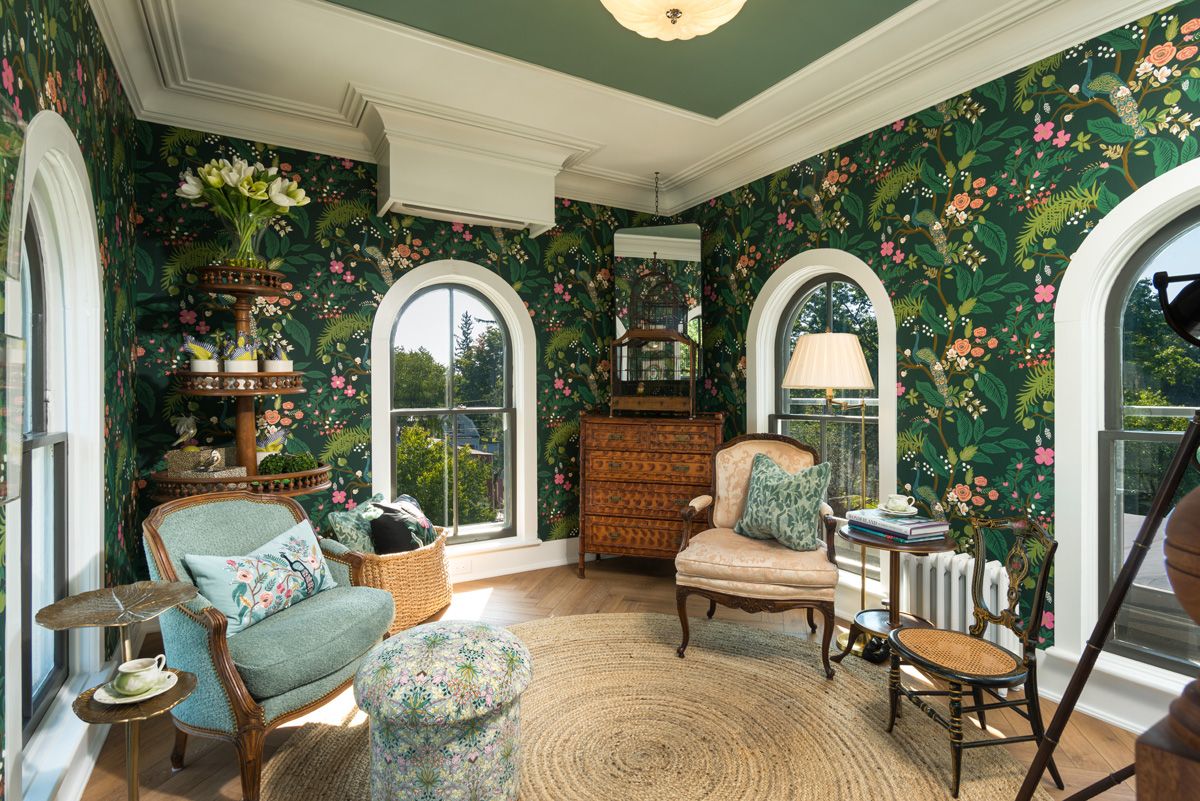
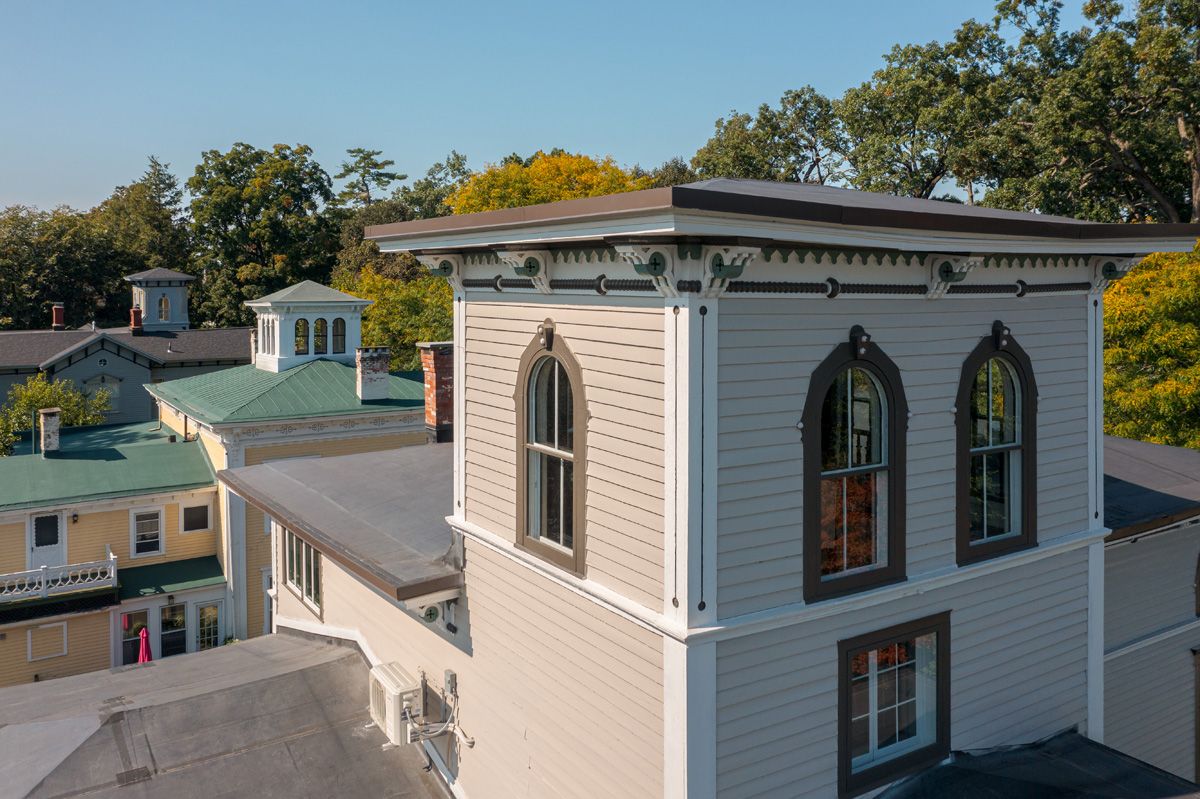
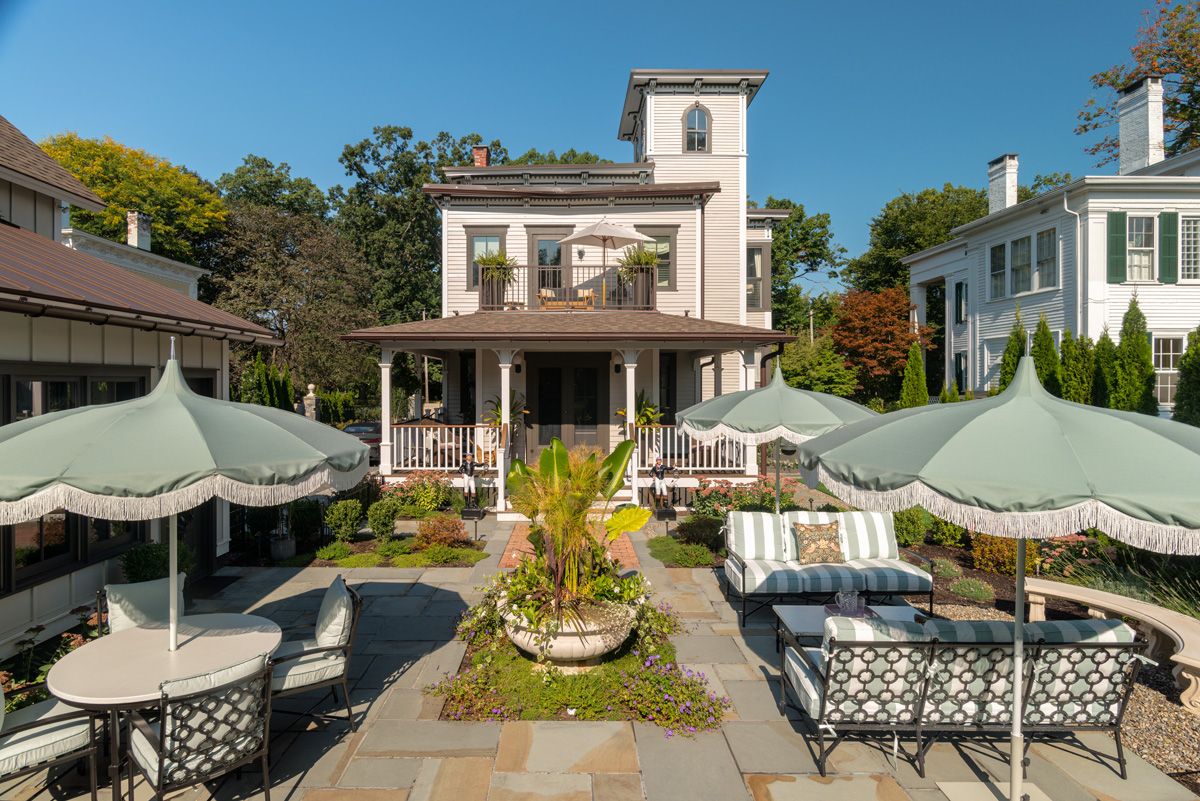
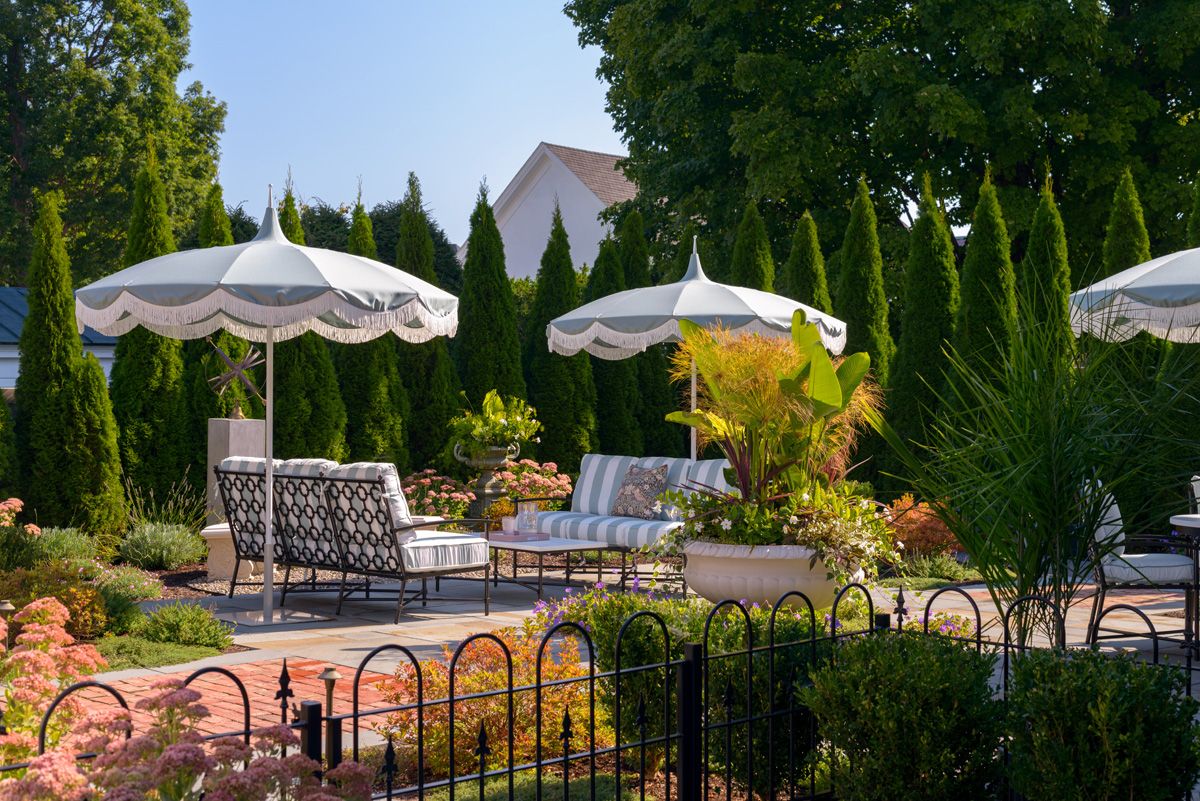
Ultimately, it took four years to complete the project that also included installing new roofs, painting the exterior, restoring the front doors and windows, and creating six ensuite bedrooms, including a primary suite on the first floor.
“It took a village – each person sharing their talents. Each talent helped to bring it back to life,” said Julie. Julie’s infectious enthusiasm, sense of humor, attention to detail, desire to respect the architecture and history of the house, and, ultimately, giving back to Saratoga Springs made it a fun, memorable experience for all those involved.
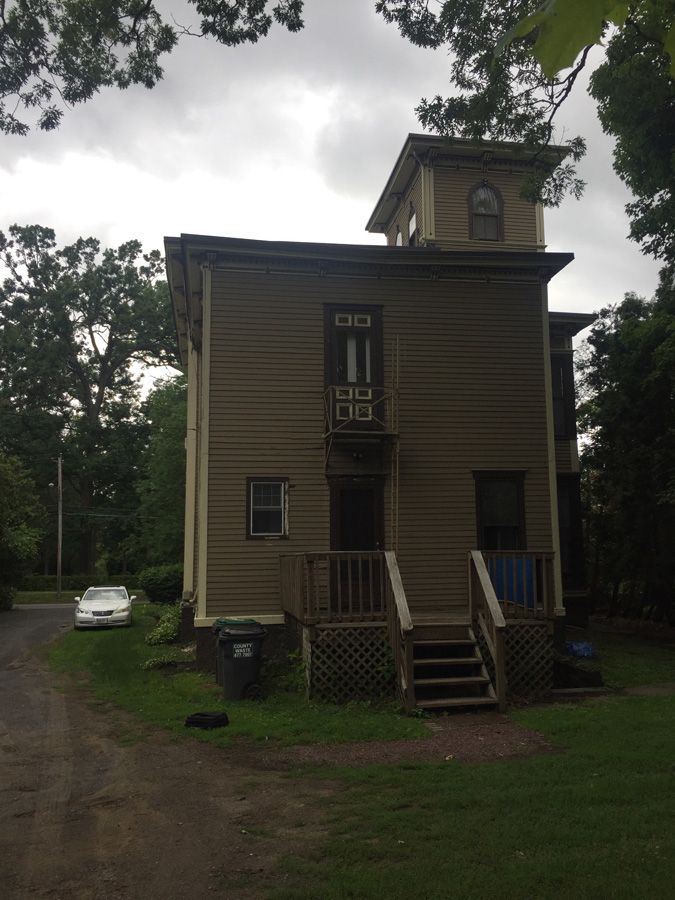
Last September, the Saratoga Springs Preservation Foundation recognized 42 Circular Street with an Exterior Rehabilitation Award and New Contextual Design Award for the garage.
Again, Julie and Tom, thank you for your commitment and investment in preserving a piece of Saratoga Springs history.
